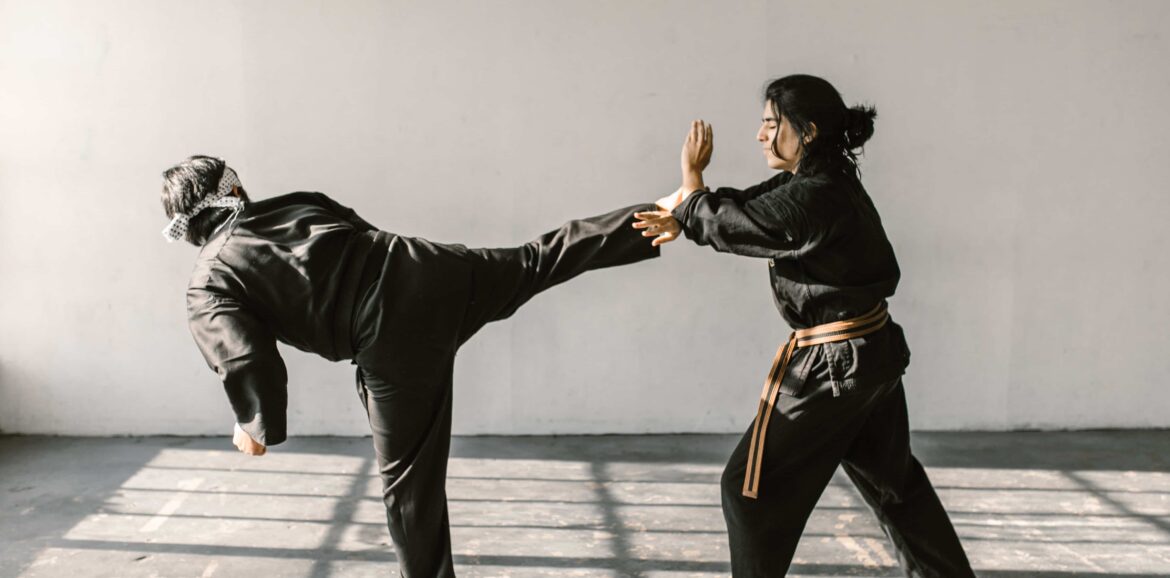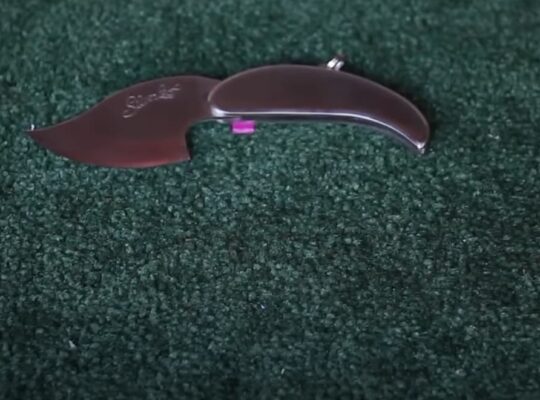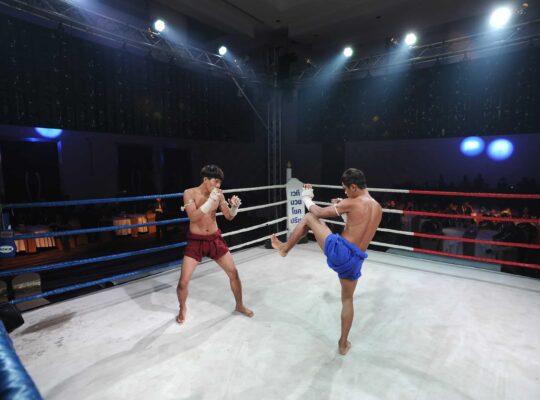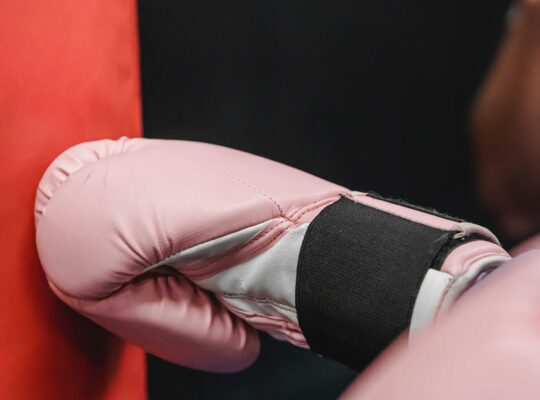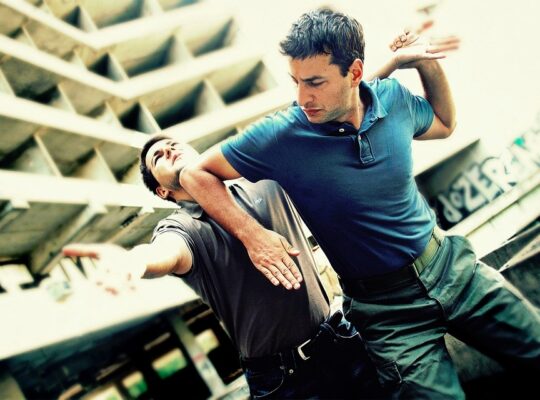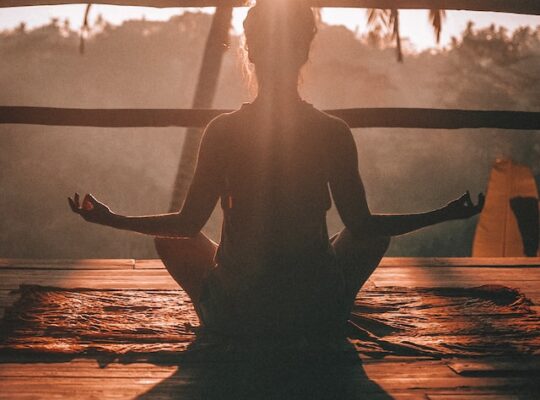It is desirable for everyone to master the basics of self-defense. In life, difficult situations periodically arise in which it would be good to be able to stand up for yourself.
Of course, it’s better if you never have to use wrestling skills – but their very presence helps to feel more confident on a poorly lit street and in any other unusual circumstances.
SELF DEFENSE FOR HEALTH AND MOOD
Martial arts is a popular sport, spectacular and exciting. Both children and adults, both men and women, can start doing it by choosing a good school and an experienced coach.
Unlike a fitness club where you can do whatever you want, self-defense training usually requires wearing a specific uniform. In addition to loose clothing that does not restrict movement, students need protective equipment (helmets, knee pads).
Martial arts training strengthens not only the body, but also the psyche. They instill self-discipline, improve self-control, and develop moral character.
Is the risk of injury high? Not if you strictly follow the advice of the trainer and work in a group with students of the same level of training.
BEST MARTIALS FOR SELF-DEFENSE
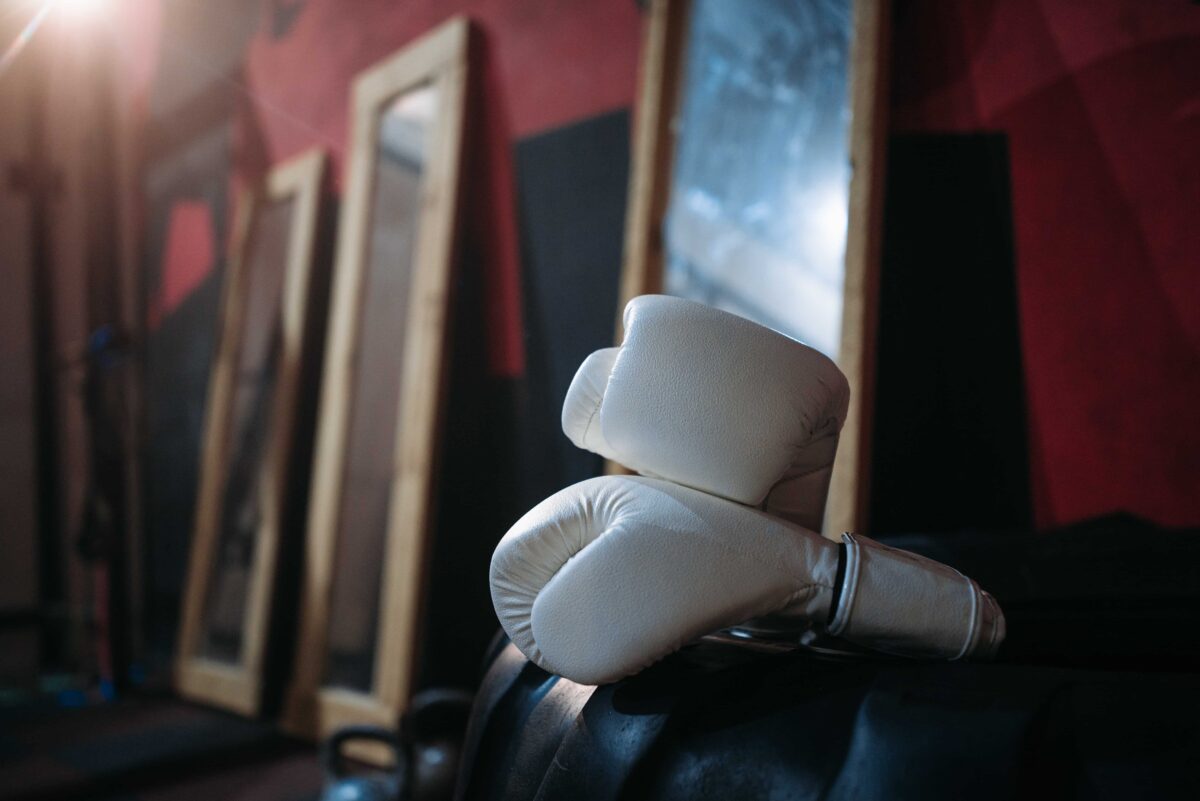
Sambo
The name of this type of martial arts stands for “self-defense without weapons.” It was developed in the USSR and included in it effective techniques from the types of wrestling of different peoples of the world, from Georgian chidaoba to Japanese judo. Sambo techniques are often used by law enforcement officers to detain criminals.
It is customary to distinguish Combat Sambo in a separate direction. The arsenal of this type of martial arts includes punches, kicks, elbows, knees and head. In combat sambo, painful and suffocating techniques are widely used, as well as throwing techniques.
Children are taken to Sambo from the age of 5, but many coaches advise to wait until 10. It is at this age that full-fledged training begins.
Krav Maga
Many martial arts, especially oriental ones, came to us from antiquity and teach not only martial techniques, but also philosophy. The Israeli army came to a reasonable conclusion: in the conditions of street fighting, it is still not necessary to think about the circulation of energy through the body. And then Krav Maga was developed – a system of effective self-defense in the most realistic conditions.
This is applied martial art, but not a sport. Competitions on it are not held. Krav Maga is primarily aimed at adults.
According to physical indicators, children can be engaged from an early age. But it is better to let the baby grow up to such a period when he begins to understand when it is time to use self-defense techniques, and in which the dispute can be resolved with words.
Hand-to-hand combat
For centuries, this mixed martial arts was taught to soldiers of the Russian army. Later, other areas of this type of wrestling appeared – sports, police. Hand-to-hand combat is highly dynamic and requires great endurance from the fighter. It takes years to master this sport.
Children should be sent to hand-to-hand combat classes at approximately 10 years old. Up to this age, general physical fitness, in particular gymnastics, will be more beneficial.
Jujutsu
Japanese jiu-jitsu is a very ancient martial art, its history goes back over 500 years. The basic principle is to avoid direct confrontation. Yielding to the onslaught of the enemy, the fighter gradually lures him into a trap. As a result, the opponent’s strength turns out to be directed against himself.
Brazilian jiu-jitsu was created on the basis of Japanese judo. This mixed type of martial arts includes choke and painful techniques and involves a lot of work on the ground, that is, at least one of the opponents is kneeling, standing on the bridge or lying on the floor.
Children. The minimum age to start Jiu-Jitsu classes is 6 years old.
Karate
The name of this martial art is translated from Japanese as “empty hand”. The peculiarity of karate is that the contact between opponents is minimal. Fighters strike each other with punches and kicks at the most sensitive points, closing with powerful blocks.
This is the same kind of martial arts when fighters break bricks with their palms and thick logs with their feet.
